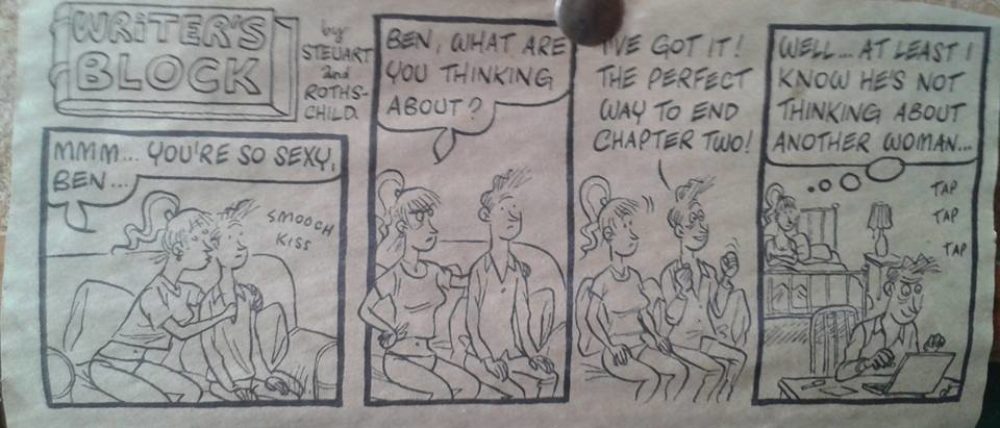 Spaceworlds: Stories of Life in the Void, edited by Mike Ashley (British Library, 2021)
Spaceworlds: Stories of Life in the Void, edited by Mike Ashley (British Library, 2021)
As stories of space travel became popular, and an awareness of the immensity and innate conditions of space began to sink in, it didn’t take authors long to think through the implications of travelling there. The isolation, the claustrophobia, the necessary time taken for even the simplest voyage – possibly measured in lifetimes.
The more forward-thinking ones even began to think beyond the crewed-rocket paradigm that dominated the field (and still, really, does). Spaceships could be wired directly to the human brain; they could even be powered by the light of stars.
This collection brings together some of the earliest offerings to venture in those directions, though not necessarily the most famous examples. At the very least they will broaden the reader’s understanding of where the field came from. The stories range from 1940-1967, so allowances must be made for the facts that characters smoke, females are thin on the ground and almost everyone is of white western heritage. But, that aside …
E.C. Tubb’s ‘Umbrella in the Sky’ (1961) describes humanity’s greatest ever construction project: to construct an orbital shield that will protect Earth from a coming solar event. Written years before two spacecraft had ever docked in orbit, Tubb conjures up powerful images of people working alone to assemble an immense object made tiny by the even greater immensity of space. What could easily be rivet porn has a satisfying resolution based on psychology and the law of unintended consequences.
Lightjammers had been anticipated by other authors, but Jack Vance’s ‘Sail 25’ (1962) goes into the theory and practice of training cadets to operate such ships. The training regimen reflects the harshness of space, though you still have to question by any standards the methods of an instructor who routinely drives a percentage of cadets to suicide. The first mention of a woman appears, in the phrase ‘fickle as a woman’.
‘The Longest Voyage’ by Richard C. Meredith (1967) is an odd inclusion. It shows that Andy Weir didn’t invent the competent sole survivor in space genre, and the survivor has the added complication of overcoming the trauma of being his mission’s sole survivor, though this rather gets forgotten when he starts sciencing. It is still hard to see why this story is included when, say, Asimov’s ‘Marooned Off Vesta’ (nearly thirty years older, and hitting on a very similar solution) isn’t.
‘The Ship Who Sang’ by Anne McCaffrey (1961) gives us the first woman character; Helva, the titular brainship, a cyborg blending of human brain and spaceship hardware. This is the first story that truly belongs in this or any space collection, irrevocably shaping the genre with one of (if not the) first and most groundbreaking positive portrayals of disability in sf, together with intense levels of necessarily non-sexual passion. The ship pilots are all men, but at least several have names suggesting they are non-white.
‘O’Mara’s Orphan’ by James White (1960) is more a Sector General series story than a seminal space fiction story. It is set during the construction of the hospital and tells how the recurring series character O’Mara accidentally got his job there. O’Mara must use detective work to diagnose and cure an alien, who becomes Sector General’s very first patient. O’Mara’s having to research important information in a printed book makes you wonder why none of these authors foresaw online information.
‘Ultima Thule’ by Eric Frank Russell (1951) dashes off an idea that could take up a whole novel – a ship comes out of hyperspace in a place that the rest of our expanding universe has yet to catch up with. The tone is mystical and the delivery comes across a little stilted, but the story’s voice celebrates life and creation.
The last three stories of the collection are a generation ship triptych, coming up with different answers to the two most immediately obvious questions to ask of generation ships; how do you keep the population viable, and why should future ship-born generations meekly accept a mission and destiny that they didn’t sign up to?
‘The Voyage That Lasted 600 Years’ by Don Wilcox (1940) is the oldest and most dated: the ship’s mission is specifically to plant an American colony, and the narrator skirts a little too close to a 1940s view of eugenics. But the message of the story (and a lengthy footnote from the author, in case you missed it) is that society needs constant stimulus and input to thrive: simply meeting the physical needs of the crew doesn’t cut it. Wilcox is also the first male author to give us a female character.
‘Survival Ship‘ by Judith Merrill (1951) has a twist so coyly signposted that it seems to scream out; it might have been very daring in 1951 but is stilted now, made even more so by how shock-horror it was meant to be to the readers. The crew is 1 man per 5 women, the women are in charge, and the expedition is polygamous.
‘Lungfish’ by John Brunner (1957) develops the generic question of ship-born generations inheriting their predecessor’s values: suppose not just that they don’t want to fulfil the mission, but that they physically and psychologically cannot. Brunner is also the first to tackle the question of exactly why vast resources would be spent on building and crewing a generation ship by people who would never see the reward (the ship was built by its world’s version of Elon Musk), and this last story in the collection is also the first with women characters as equals to men, without comment, and a truly multi-racial crew.
